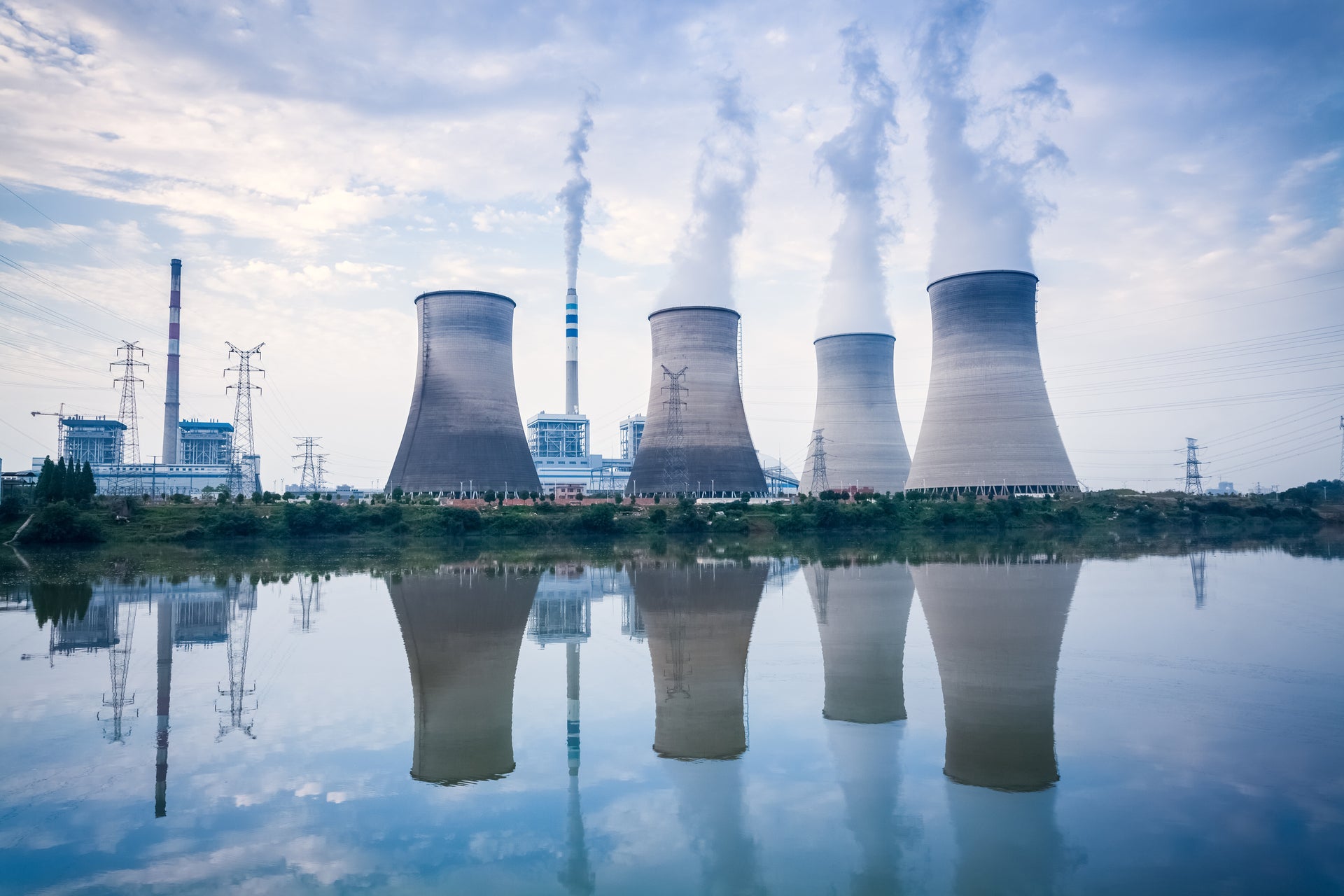
Emissions from China’s power plants declined by more than 60% each year between 2014 and 2017, a new study has found, putting the East Asian nation on track to meet the standards set out in its Ultra-Low Emissions (ULE) Standards Policy.
In 2014, China set itself the task of renovating coal-powered plants in a bid to reduce air pollutant emissions. The ULE Standards aim to limit the production of sulfur dioxide, nitrogen oxide and particulate matter emissions to 35 milligrams per cubic metre, 50mg/m3, and 10mg/m3 respectively.
The study analysed data from between 2014 and 2017 on emissions from coal, oil, natural gas and biomass power plants.
It was found that sulphur dioxide production dropped by 65% each year from 2.21 million tonnes to 0.77 million. Nitrogen oxide fell by 60% each year from 3.11 million tonnes to 1.26 million, while particulate matter fell 72% annually from 0.52 million to 0.14 million.
If reductions continue at the same pace, China will meet the targets set by the ULE Standards by 2020.
“This is encouraging news for China, as well as other countries wishing to reduce their power emissions. Thermal power plants combusting coal, oil, natural gas and biomass are one of the major contributors to global air pollution,” Co-author Dr Zhifu Mi of the UCL Bartlett School of Construction and Project Management, said.

US Tariffs are shifting - will you react or anticipate?
Don’t let policy changes catch you off guard. Stay proactive with real-time data and expert analysis.
By GlobalData“These significant emission reductions demonstrate the technical and economic feasibility of controlling emissions from power plants to reach ultra-low levels, which is an important step towards reducing the number of deaths attributable to air pollution.”
China’s emissions frequently overestimated
The study is the first of its kind to use emissions data collected by China’s Continuous Emission Monitoring Systems Network (CEMS), which covers at least 96% of the country’s thermal power capacity.
Past studies have relied on forecasts made ahead of the ULE Standards’ introduction, rather than actual results.
The results of this study show that past studies have overestimated China’s emissions by as much as 92%.
“The results of this research are encouraging in demonstrating that coal can be used in a much cleaner way to generate electricity,” Mi said.
The study was carried out by a team of researchers from the Beijing University of Chemical Technology, Hebei University of Science and Technology, and University College London.
The full study has been published in the Nature Energy journal.
Read more: Bigger is better when it comes to wind turbines, report finds







